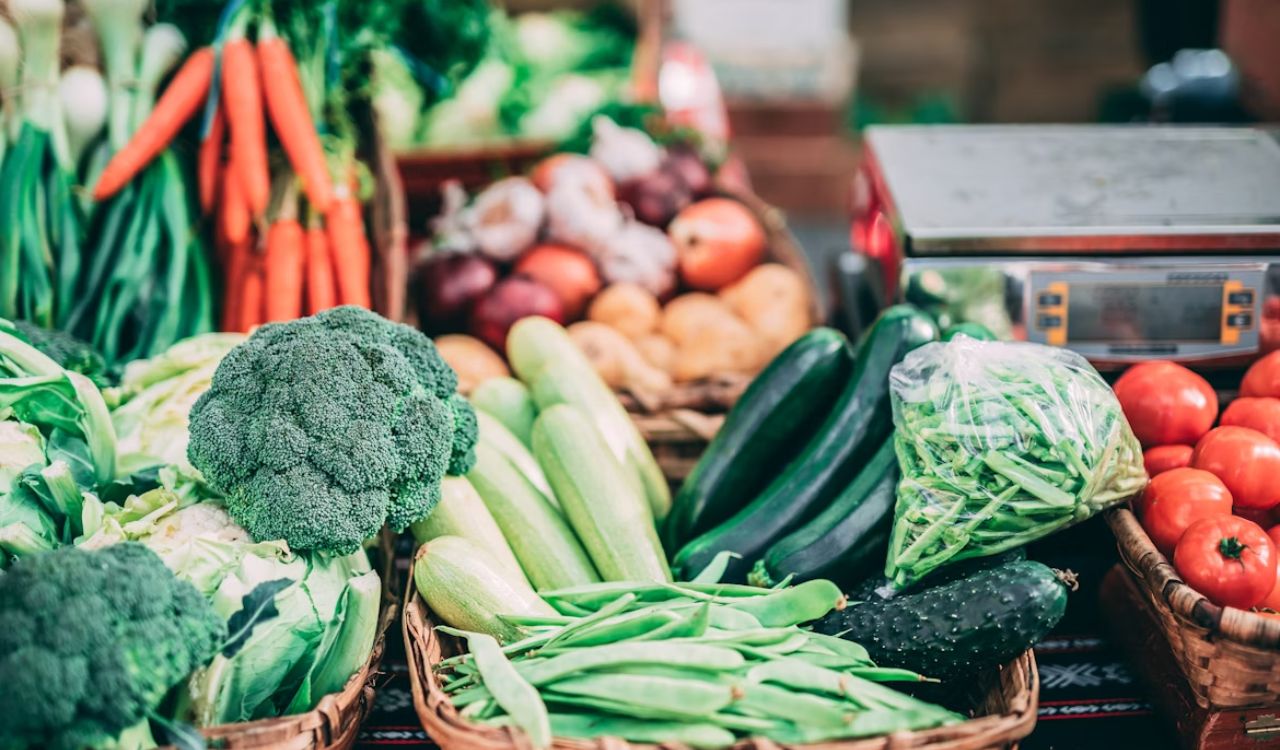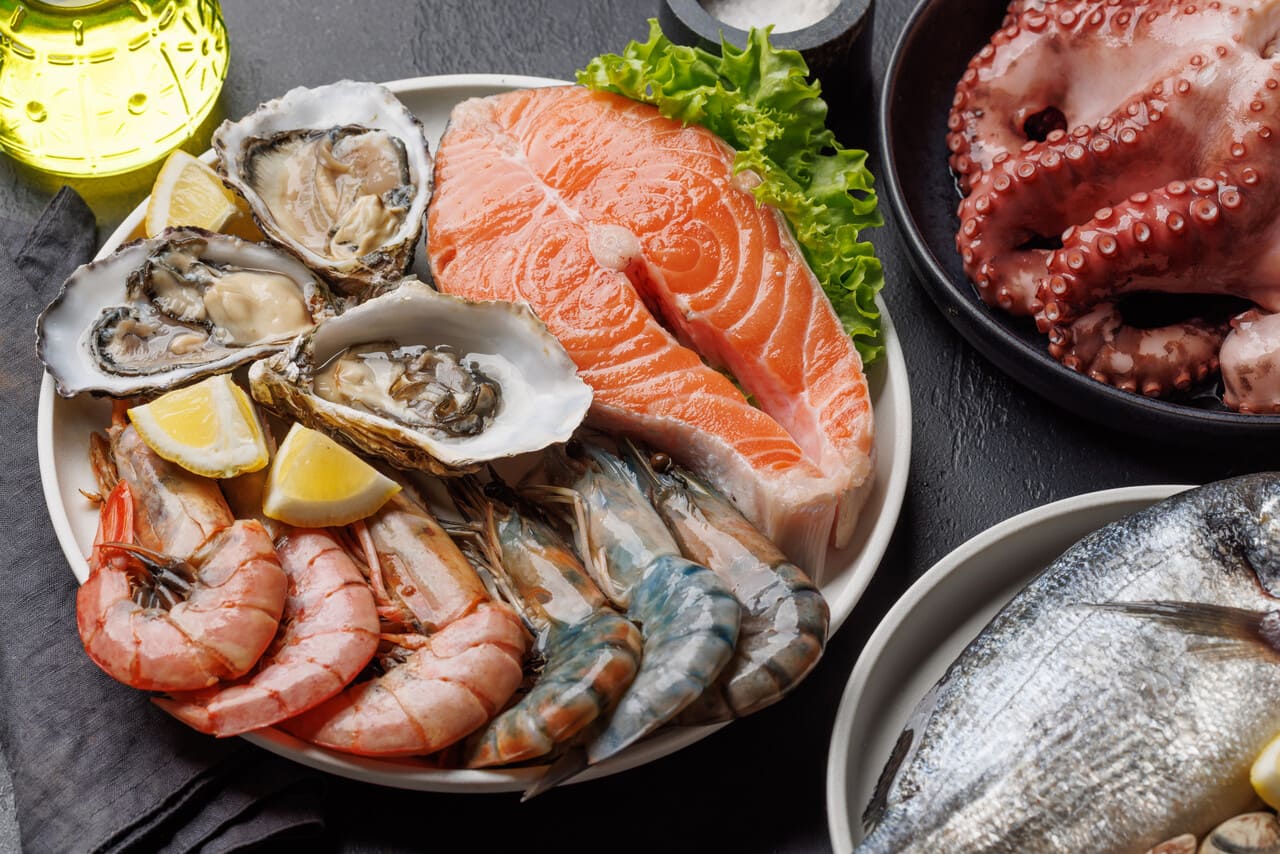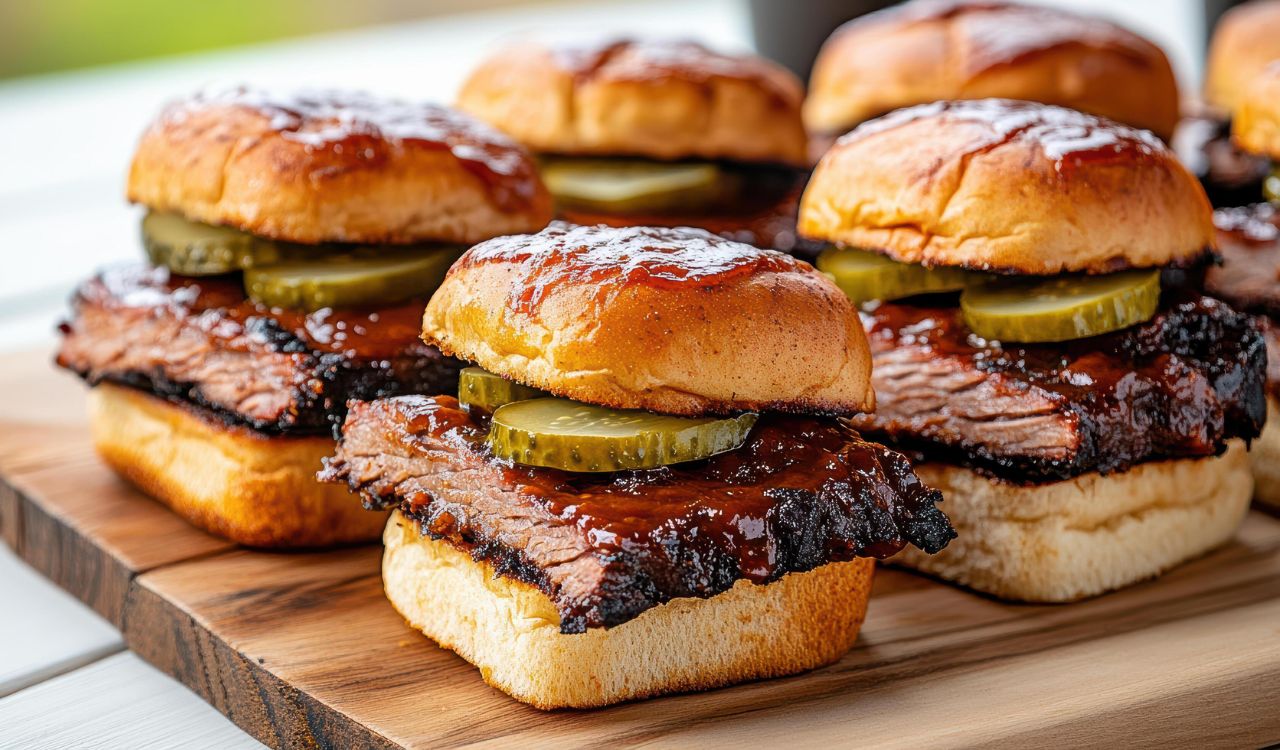Why Egg Yolk Color Changes Across the U.S. (And What It Really Says About Your Eggs)
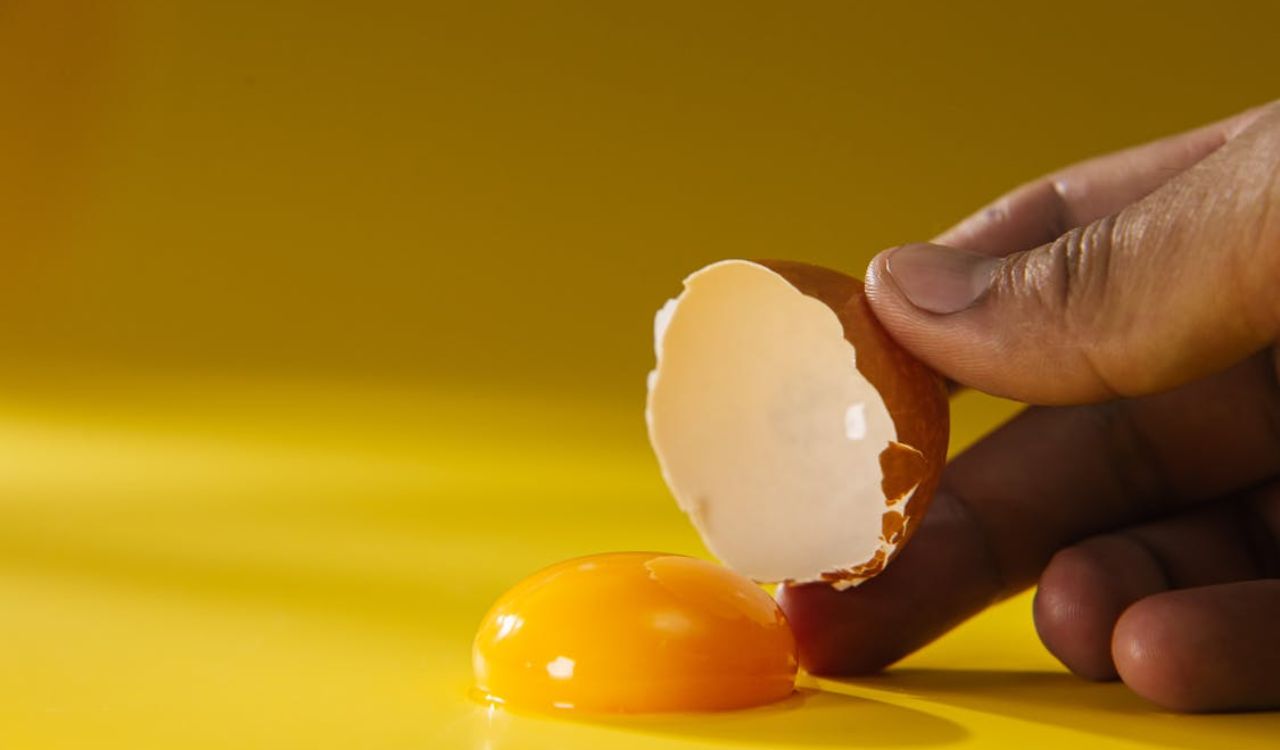
Egg yolks aren’t always the same shade. Across America, you’ll see them range from pale yellow to deep orange. Many shoppers assume this proves freshness or quality, but most variation is due to feed, with smaller effects from breed and farming style. By looking at what actually influences yolk color, you’ll better understand why those shades differ nationwide and what, if anything, they reveal about your eggs.
Feed is the Primary Factor Behind Yolk Color
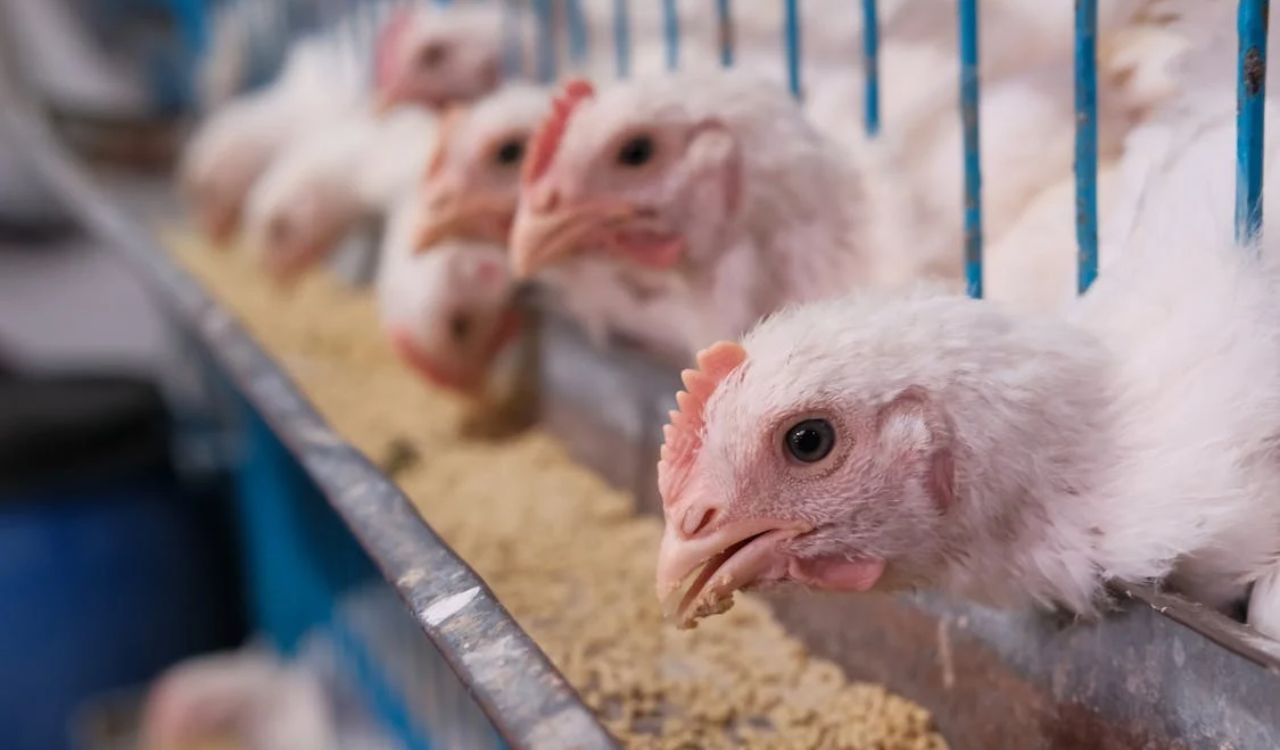
The biggest driver of yolk color is what hens eat. Diets rich in
carotenoids from plants like alfalfa, corn, paprika, or marigold petals
lead to vibrant orange yolks. Hens on grain-heavy feed without those
pigments lay paler eggs. Some farms even adjust feed to meet local
demand for richer yolks. While striking to look at, darker color doesn’t
guarantee a healthier egg overall, though it typically reflects
slightly higher carotenoid levels.
Regional Farming Practices Influence Color
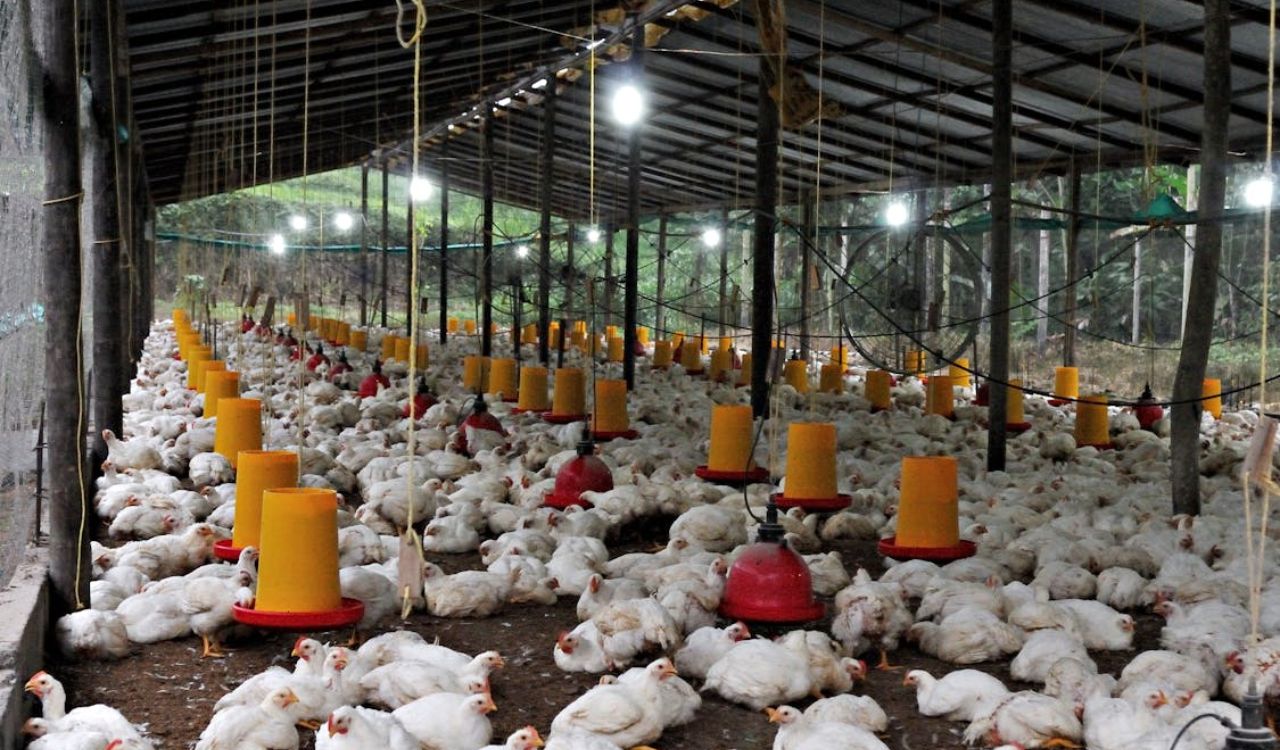
Different U.S. regions use different feed mixes, shaping yolk shades. In the Midwest, corn-heavy diets often yield golden-yellow yolks. On the West Coast, more pasture or mixed-vegetable supplements can produce deeper oranges. Local preferences influence choices too: farmers in some areas tweak feed to meet expectations. So if yolks look different when you shop in various states or at farmers’ markets, it’s usually farming style, not freshness, behind the change.
Pasture-Raised Hens Often Lay Darker Yolks
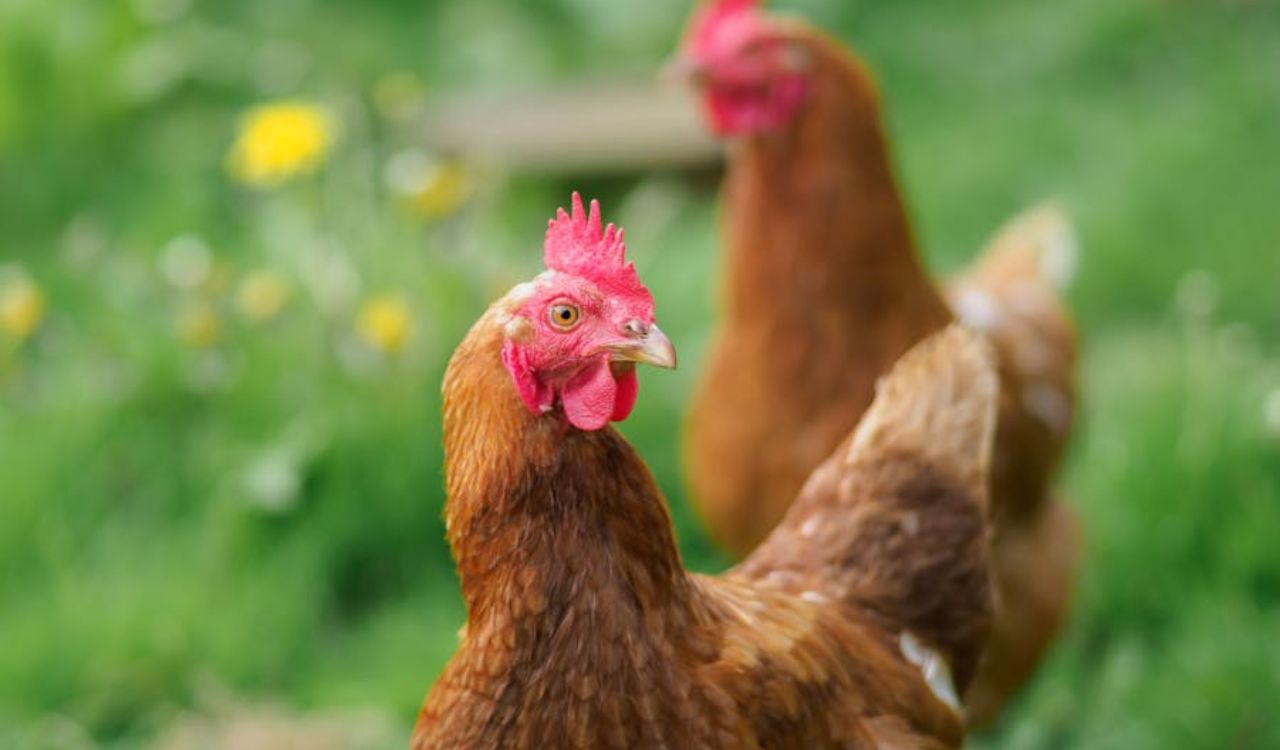
Hens allowed to forage outdoors eat grasses, insects, and wild plants, all rich in carotenoids. This variety often produces eggs with richer yolks compared to hens fed only grain. Still, pasture access isn’t a guarantee: seasonal changes matter. In winter, when greenery is scarce, yolks may be lighter even from outdoor hens. Pastured eggs often have a reputation for flavor, but nutritionally, the boost in carotenoids is modest rather than dramatic.
Yolk Color Doesn’t Equal Freshness
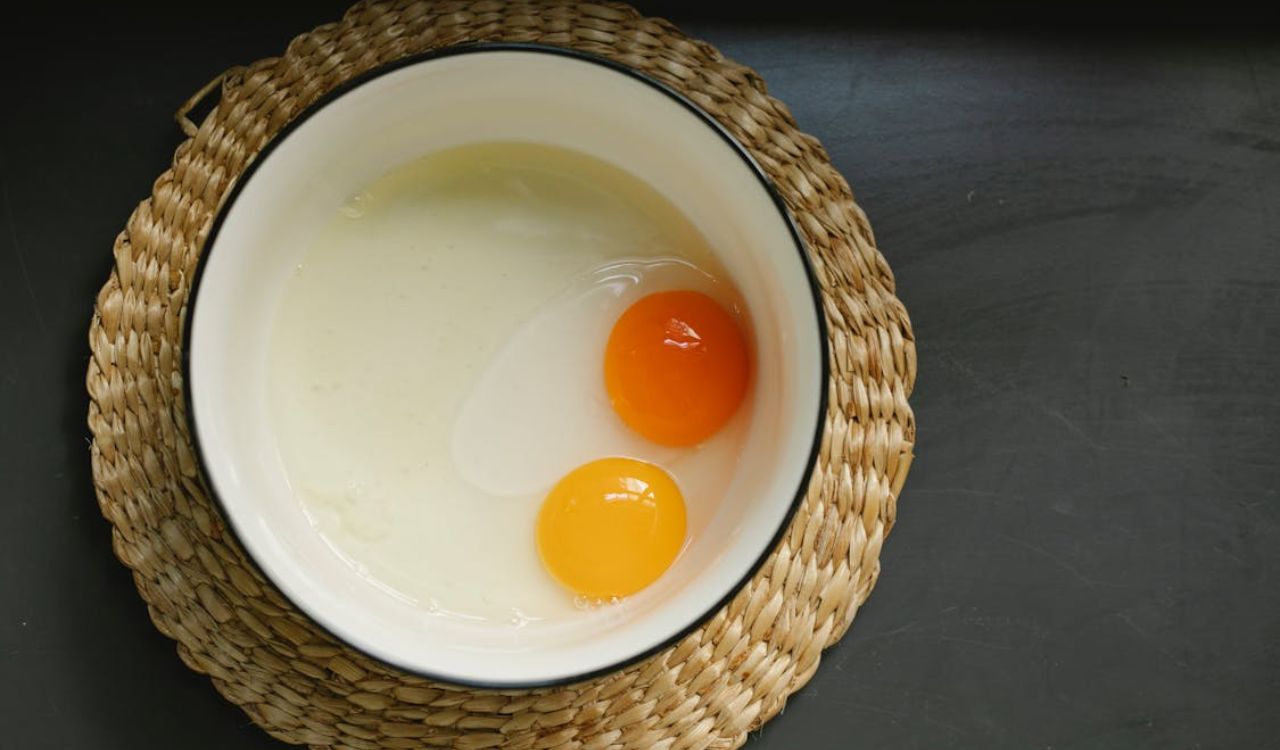
A common myth is that darker yolks mean fresher eggs. In reality, freshness depends on handling time and storage, not shade. A hen on pale feed may lay a light-yolked egg that’s brand new, while an older egg from a carotenoid-rich diet could still appear dark. To check freshness, look at the carton’s pack date or try the float test: fresh eggs sink, while older ones float. Color alone can’t reveal an egg’s age.
Marketing and Consumer Perceptions Play a Role
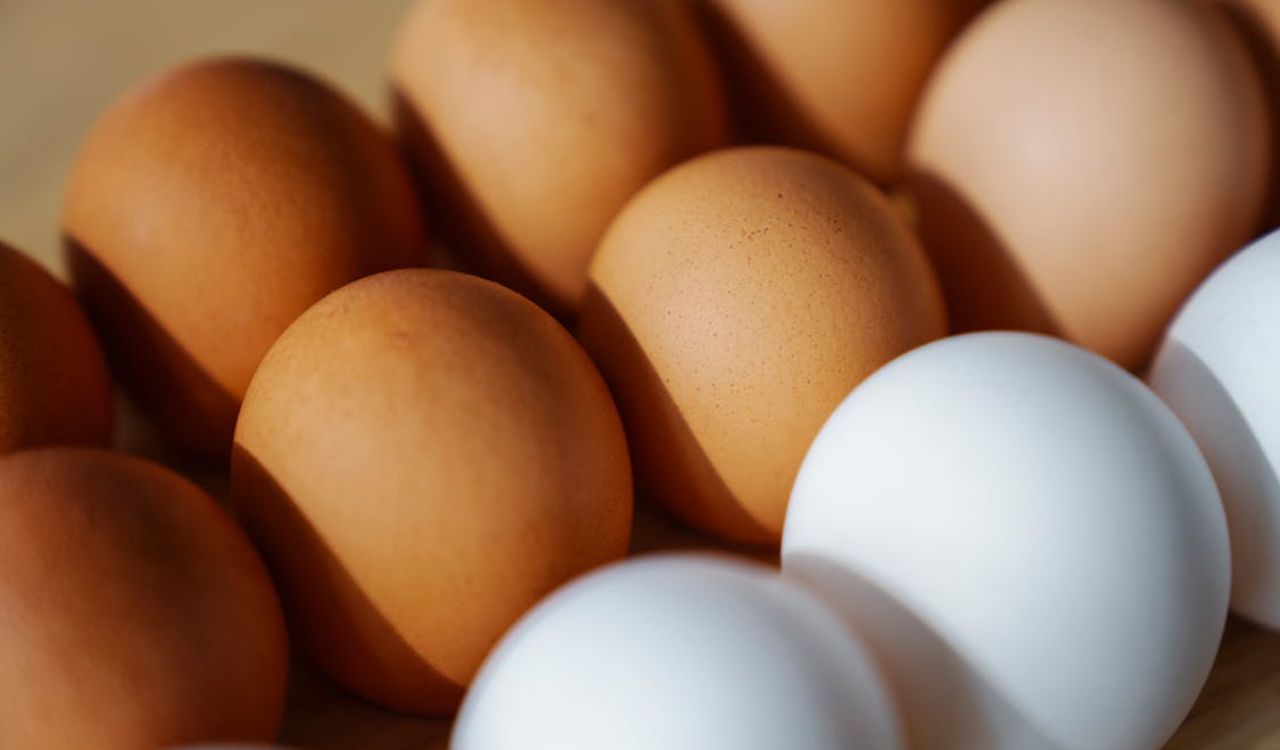
Because buyers link rich yolks with premium quality, some producers enhance feed with additives like marigold extract or paprika to deepen color. Labels may highlight “golden” yolks as a selling point, though core nutritional benefits like protein, B vitamins, and minerals don’t hinge on hue. While a bright yolk may look appealing and slightly richer in carotenoids, it’s best to judge eggs on diet and farming practices, not just visual appearance.
Seasonal Changes Affect Yolk Shades
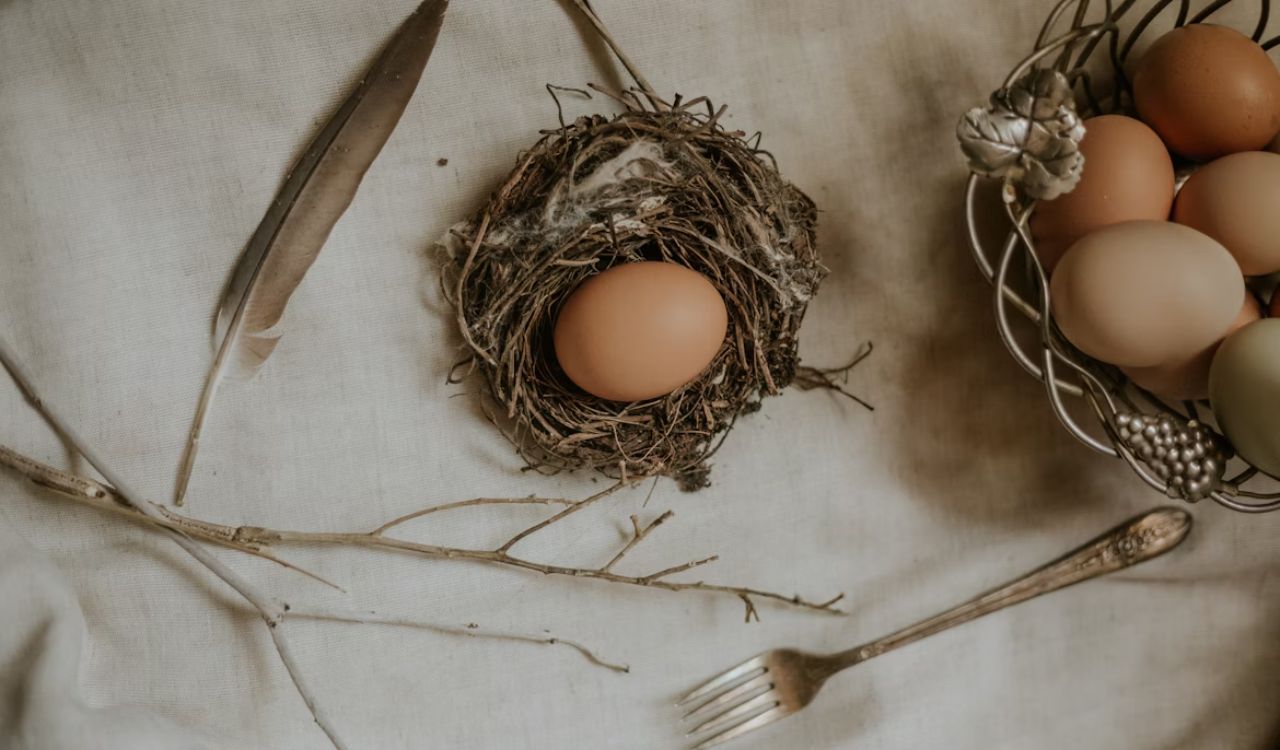
Yolk color often shifts with the seasons, particularly on small farms. In spring and summer, hens eat lush grasses and insects, boosting pigments and darkening yolks. By fall and winter, when diets lean more on stored grains, yolks lighten. In contrast, large commercial farms rely on consistent feed blends, so changes are less noticeable at the supermarket. If you shop locally, though, you’ll likely see this seasonal color swing throughout the year.
Different Breeds Can Lay Slightly Different Yolk Colors
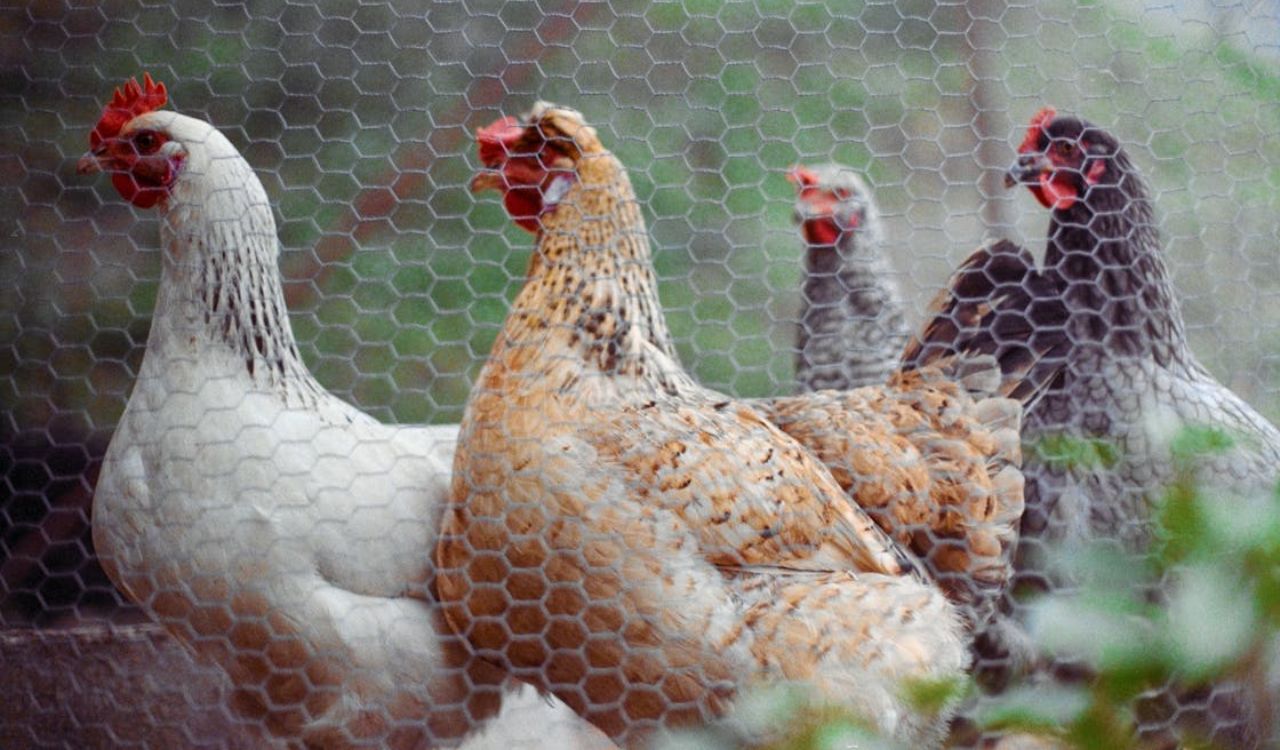
Although diet is the main factor, breed plays a small supporting role. Some heritage breeds, like Rhode Island Reds, process pigments slightly more efficiently, leading to deeper yolks under the same conditions. Modern hybrids bred for high output may lay lighter yolks if fed identically. Still, these differences are subtle: side-by-side comparisons are required to notice them. For the average shopper, feed and farm style matter far more than breed.
Carotenoids Are the Pigments Behind the Hue
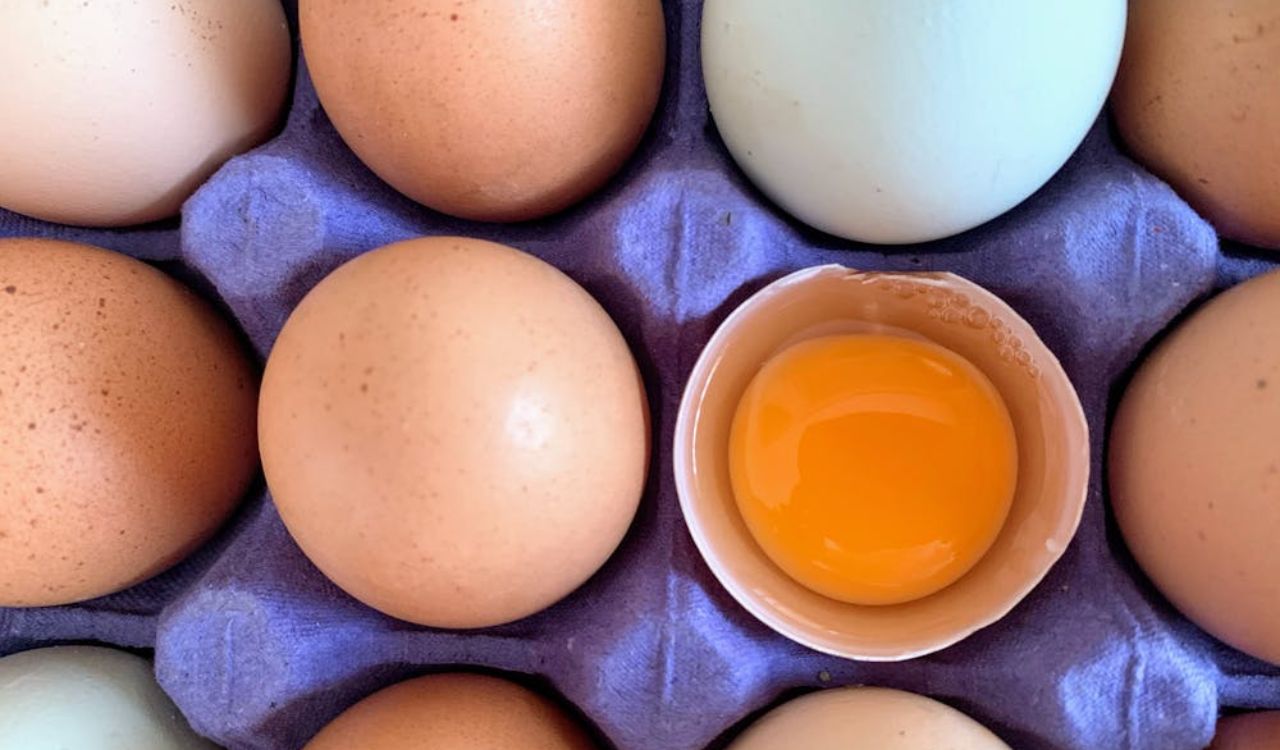
The yellow-to-orange tones come from carotenoids, natural pigments in plants. Eggs provide lutein and zeaxanthin, which support eye health, though amounts vary with yolk color. Darker yolks usually have more, but the nutritional bump is modest in most cases. Cooking methods also matter: high-heat frying can break down some carotenoids, while gentler cooking preserves more. Regardless of shade, eggs remain nutrient-dense, with benefits extending well beyond yolk color.
Storage and Handling Don’t Change Yolk Color
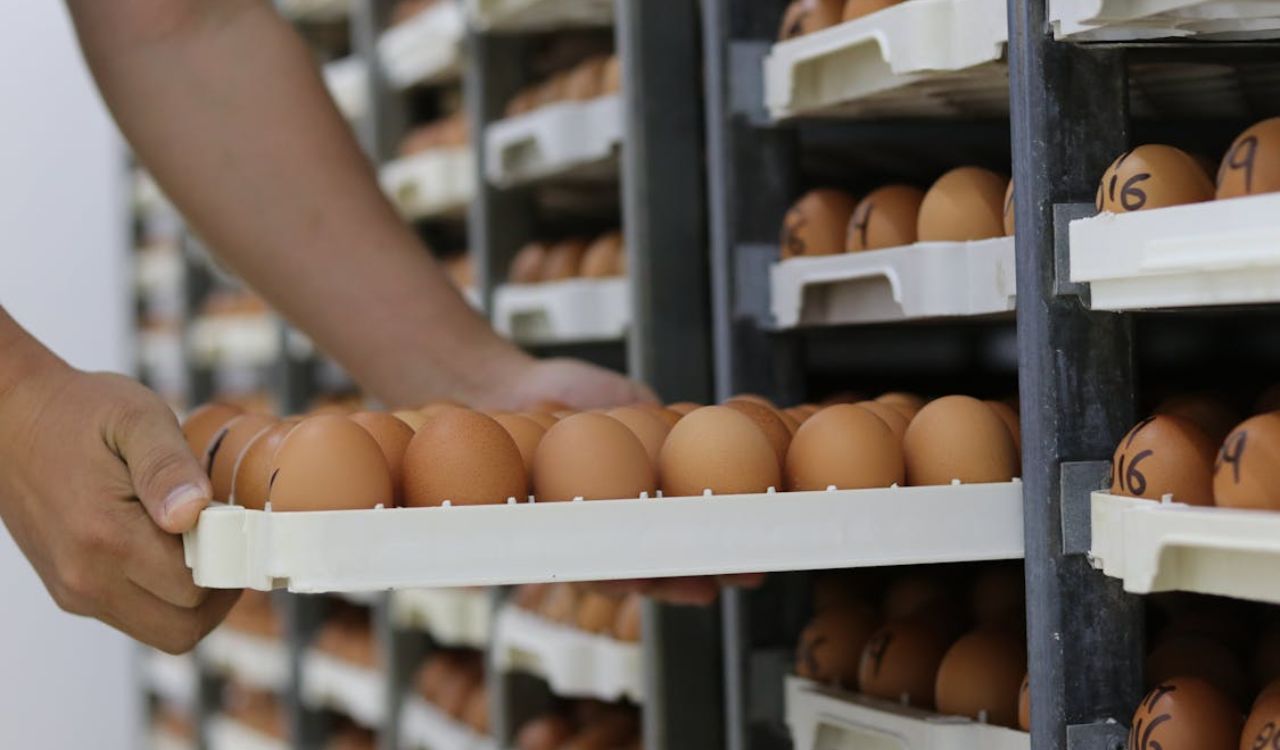
Once an egg is laid, its yolk color won’t drastically alter in storage. Proper refrigeration preserves its original shade, though pigments may fade slightly with prolonged light or heat exposure. The variation is subtle and not something most buyers would notice. If yolks appear lighter than expected, it’s a sign of differences in the hen’s diet well before laying, not what happened in transport or storage afterward.
Yolk Colors Vary Around the World
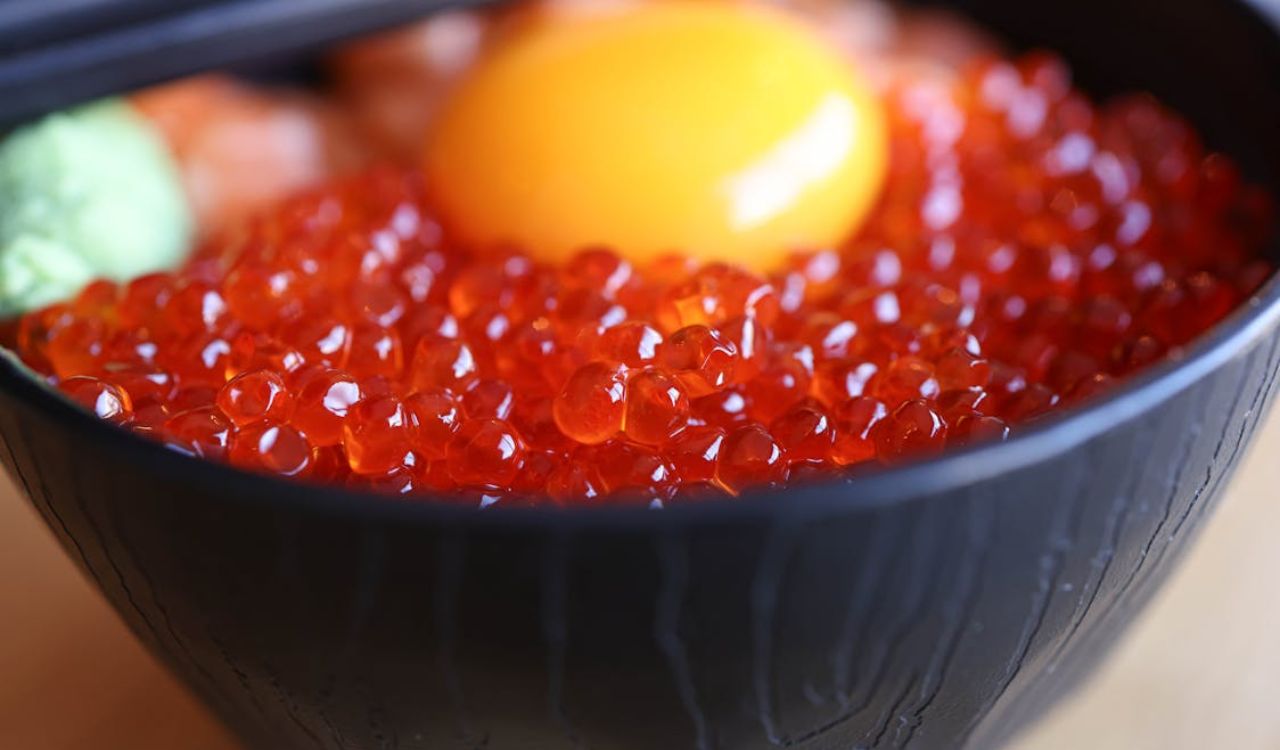
Travel abroad and you’ll see even wider yolk differences. In many parts of Europe, carotenoid-rich ingredients like alfalfa or red pepper are common in feed, producing yolks that are almost red-orange. In some Asian regions, paler yolks are actually preferred, so hens are fed accordingly. In the U.S., variation is driven more by farm size and feed blending than geography alone: local, pasture-based farms tend to produce the boldest colors.


